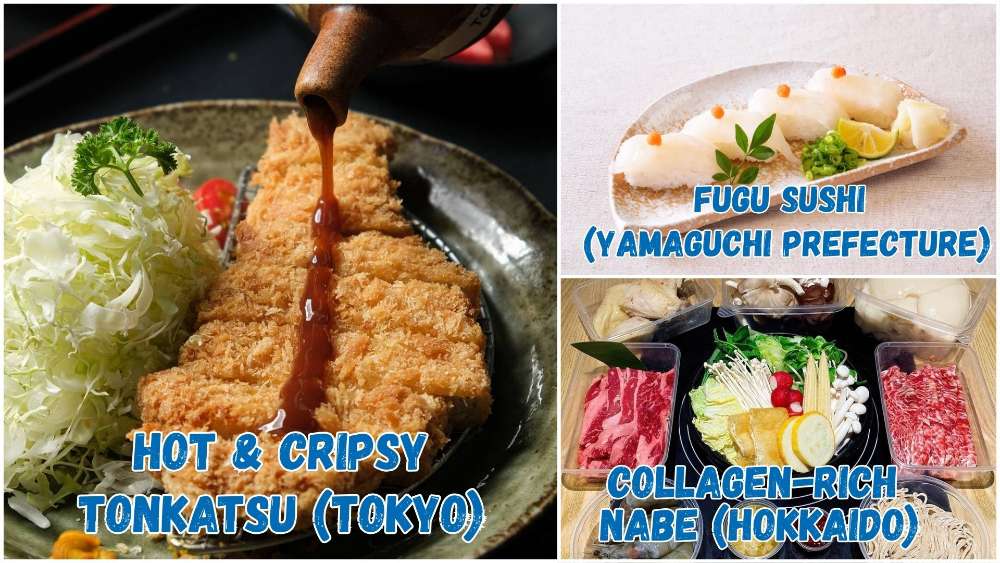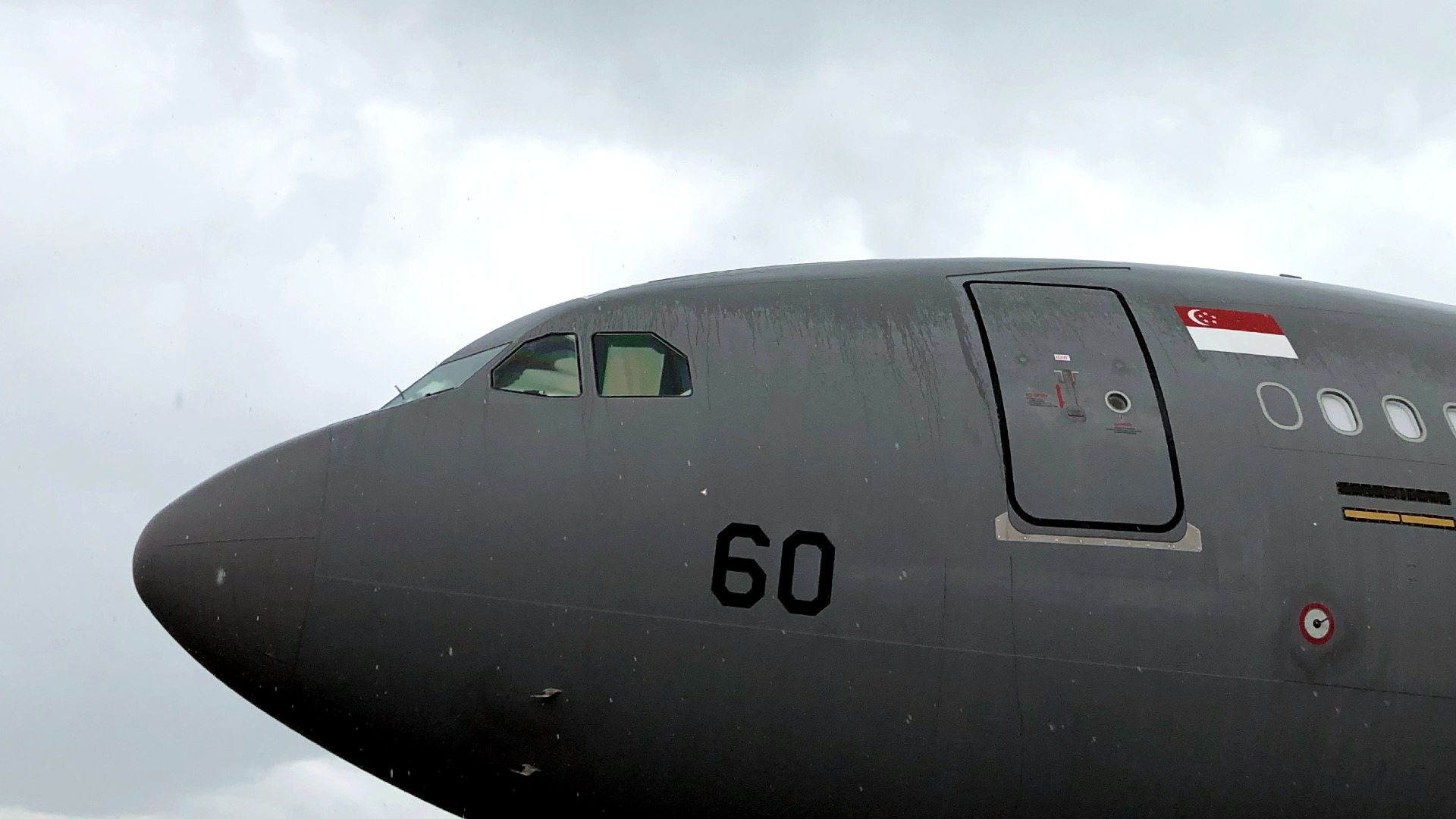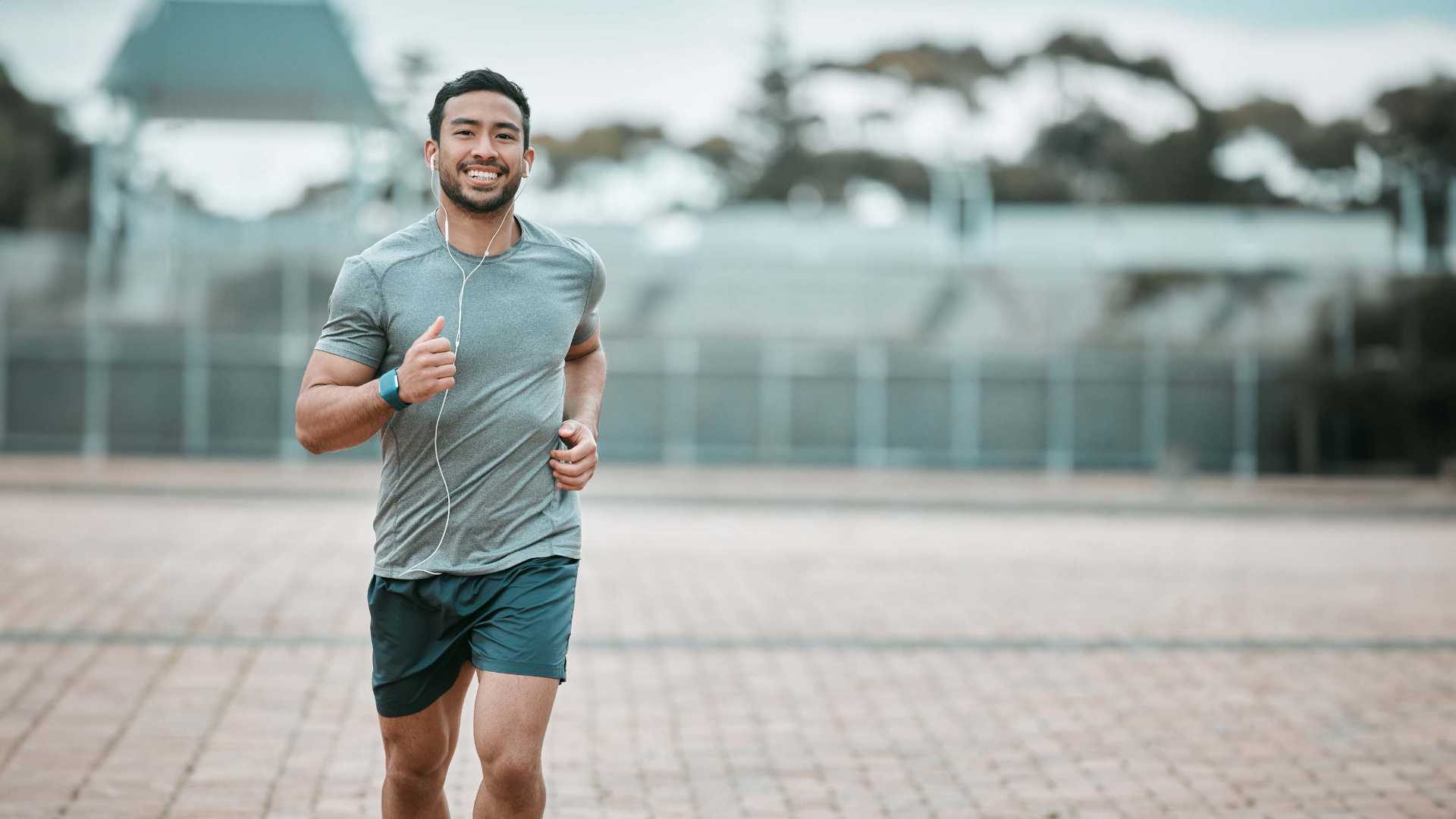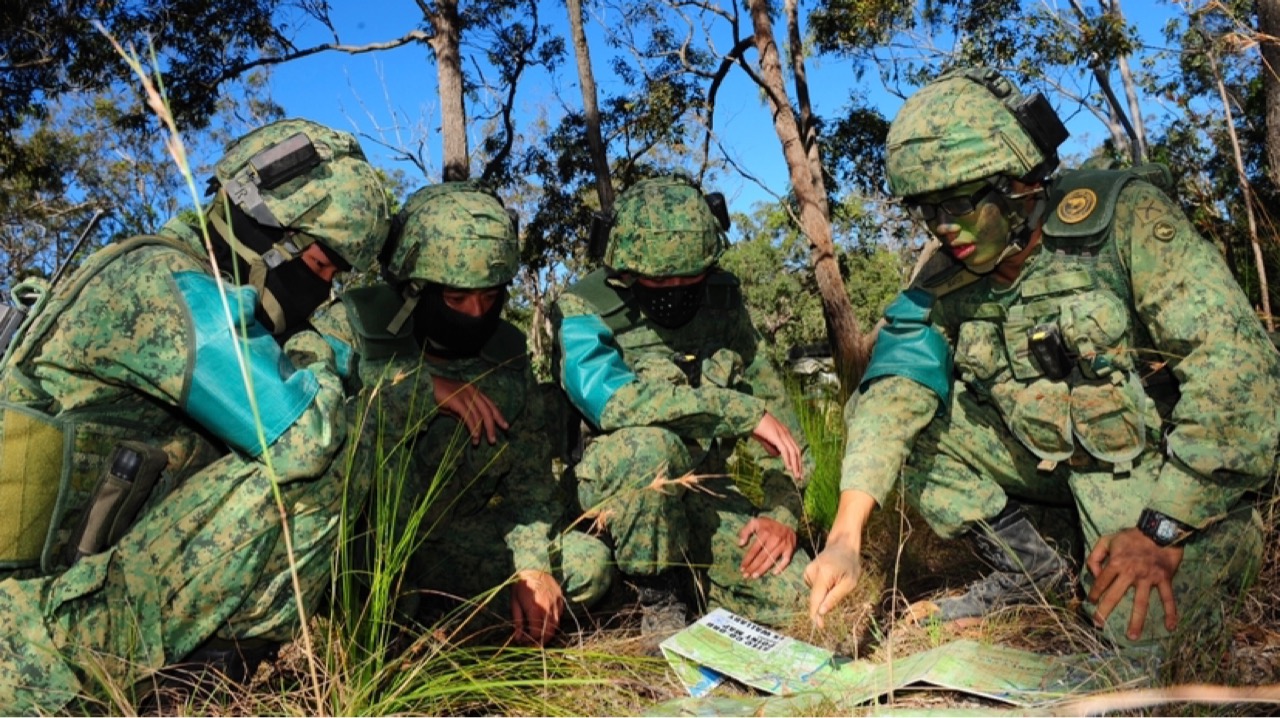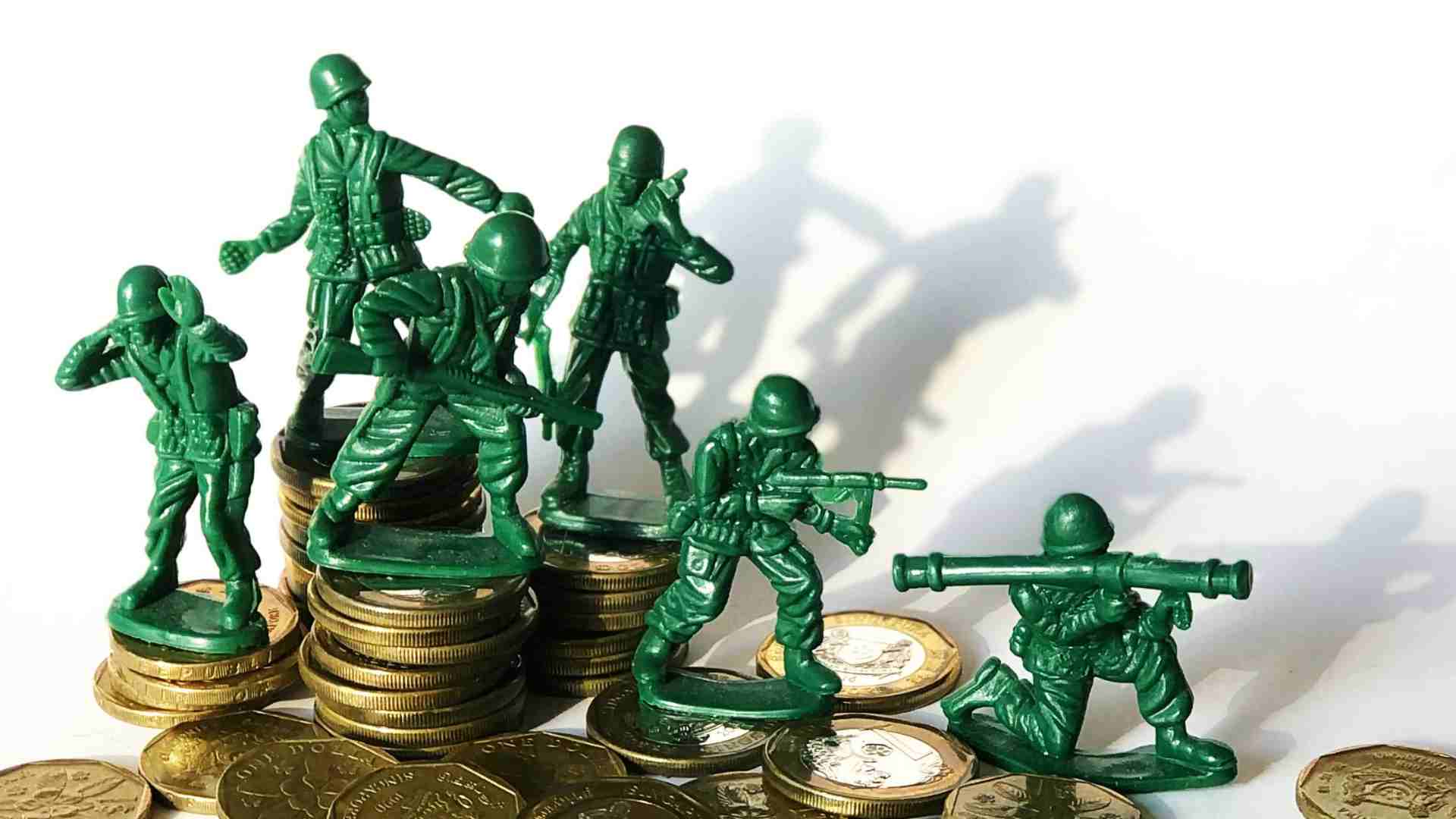Saviour In The Sky: Meet The RSAF's A330 MRTT
Let's face it - many of us often take the roar of our RSAF jets for granted, even grumbling about them. So Singaporean, right? Tsk.
Deep down inside, however, we all recognise and appreciate how the guardians of our skies not only keep our little island nation safe, but also, on many occasions, offer help to our foreign friends in need.
Last week, for example, the United States government accepted Prime Minister Lee Hsien Loong’s offer to send one of our new A330 MRTTs ("MRTT" stands for "Multi-Role Tanker Transport") to assist in airlifting Afghanistan evacuees, many of whom worked with the US government and its allies and are fleeing the country - a situation that has arisen since Kabul, the capital of Afghanistan, fell to the Taleban on 15 Aug 2021.
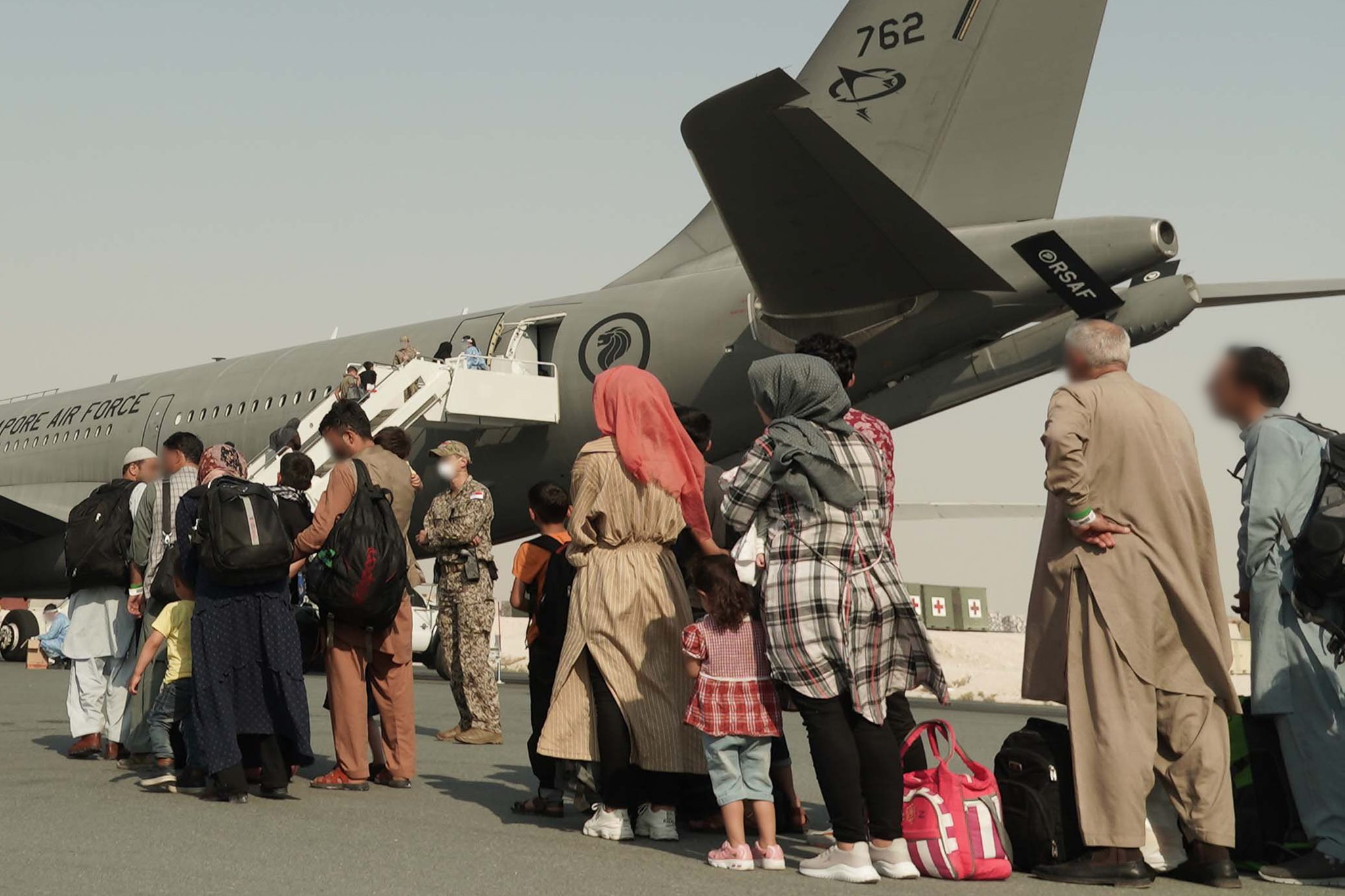
On 27 Aug 2021, the A330 MRTT, which attained full operational capability in April this year, showed it was more than ready to provide humanitarian aid, and, with a 77-person crew, one landed in Qatar to airlift 149 Afghan evacuees to Germany.
So, what exactly is this "saviour in the sky" and what is its role in our RSAF fleet?
Retirement of the RSAF’s KC-135R“It's an aircraft that provided a formidable leap in air refuelling capabilities.” The RSAF’s long-range jet tanker KC-135R steps down after two decades of operation. Take a look at some of their past missions here ✈️⛽
Posted by Ministry of Defence, Singapore (MINDEF) on Tuesday, 12 November 2019
Goodbye KC-135R, hello A330 MRTT!
To stay on top of our defence capabilities, the keyword is "upgrade"! The RSAF acquired six new A330 MRTT aircraft - assigned to 112 Squadron - to replace the ageing Boeing KC-135R tankers built in the early 1960s.
Fun fact: If the A330 sounds and looks familiar, that's because it is based on the commercial Airbus A330 commercial airliner.
Each aircraft can carry 111 tonnes of fuel, 266 passengers, and 37 tonnes cargo at the same time. Compared to the KC-135R, that’s 20% more fuel, twice the cargo capacity, and more than five times the number of passengers.
Able to refuel, ready to rescue
One of the key roles of the A330 MRTT, which made its first public appearance at the RSAF's 50th anniversary parade in September 2018, is to refuel our F-15SG, F-16, and other RSAF MRTTs in mid-air, extending our operating footprint to reach all our overseas detachments without layovers. The KC-135R was unable to receive fuel from another tanker mid-air.
On top of air-to-air refuelling, the A330 MRTT can perform an airlift role simultaneously, thus enhancing the RSAF’s ability in international Humanitarian Assistance and Disaster Relief (HADR) missions (like with what’s happening in Afghanistan) as well as Peace Support Operations (PSO).
Indeed, the A330 MRTT is, quite literally, a life-saver. It can be configured to support aeromedical evacuation (AME) missions, so that the SAF can deploy medical forces overseas to ensure our soldiers have quality healthcare and medical support.
Previously, stretchers had to be attached directly to the KC-135’s floorboard. In contrast, the A330 MRTT is able to mount stretchers in the cabin itself, making them sturdier and more secure in the event of turbulence. Furthermore, medical equipment onboard the A330 MRTT is powered by its power supply - portable batteries had to be used in the KC-135. Shag sia.
The RSAF A330 MRTT Full Operational CapabilityYou have seen the RSAF A330 MRTT Full Operational Capability Ceremony last week, now you can find out more about the capabilities of this aircraft! From being able to fly long distances without a layover, performing tanker-to-tanker air-to-air refuelling, even at night, to being able to be configured for aeromedical purposes, this aircraft can do it all! So check out this video and hear from the airmen and women who contributed to the Full Operational Capability of our A330 MRTT!
Posted by The Republic of Singapore Air Force on Thursday, 29 April 2021

A flying clinic that also saves the earth
In addition, the new aircraft can provide care for 12 patients, or up to three Intensive Care Unit-level patients. It can also transfer patients with infectious diseases through a Negative Pressure Individual Isolation System (NPIIS) that can be set up onboard.
Another plus point: the A330 MRTT aircraft hangar is the SAF's first net positive energy building. The hangar is able to generate 30% more electricity than it consumes, with the additional power used to supplement other energy demands within Changi Air Base (East).
(Armed) force for good
The RSAF has always answered the call of duty, providing aid whenever the world needs help. Here, a list of some of its rescue, peacekeeping, and relief efforts:
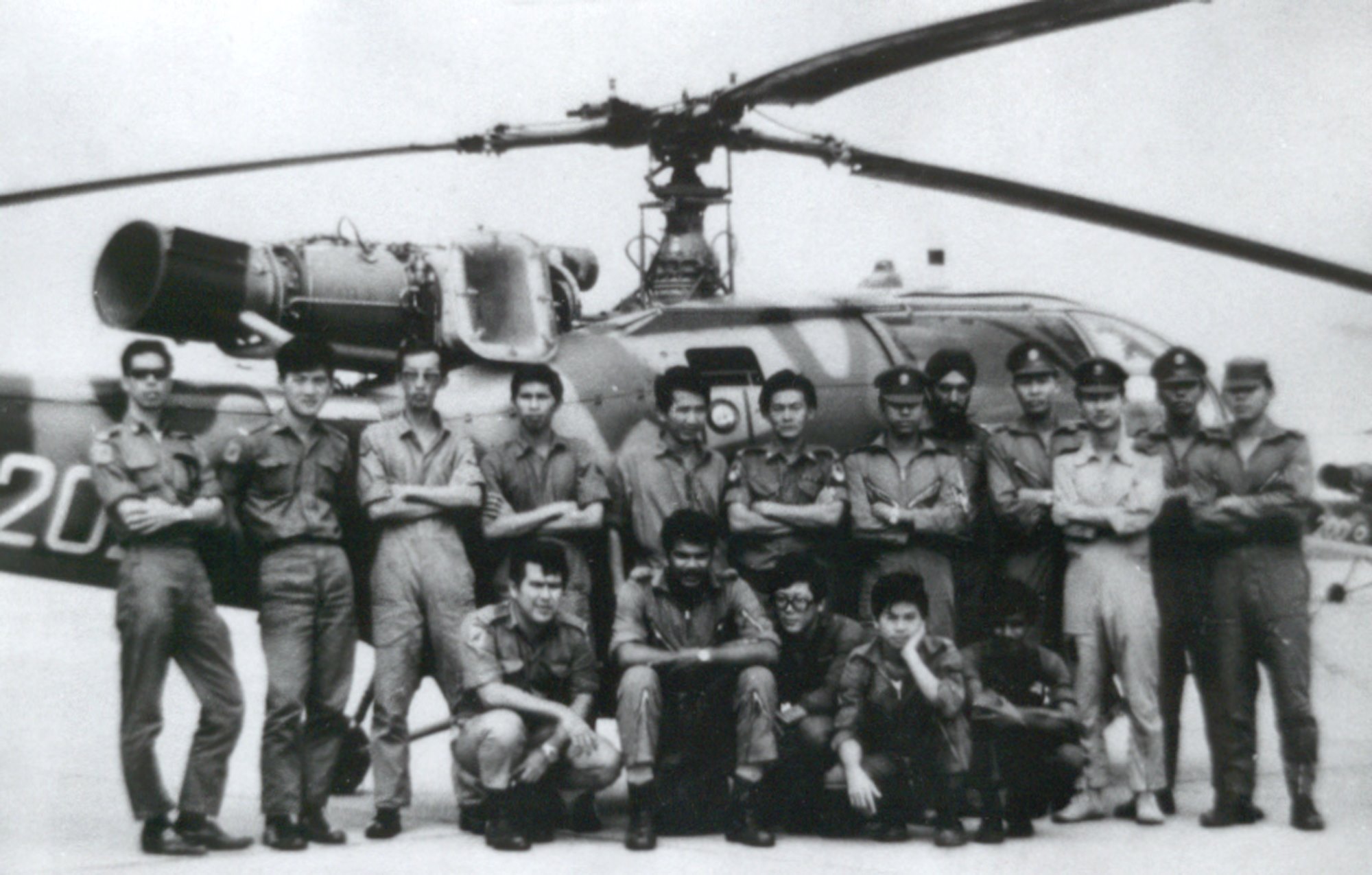
1971: The then-Singapore Air Defence Command's first HADR mission was in Pahang, Malaysia (shown above) to transport food and medical supplies, as well as rescue survivors affected by a flood. The air force was only three years old.
1983: The RSAF saved 13 lives during the Sentosa cable car accident.
1986: Helicopters were deployed to evacuate the Hotel New World collapse casualties.
1990: In a joint Singapore-Brunei operation, the RSAF delivered relief and medical supplies to Amman, Jordan.
1993: Four Super Puma helicopters and 65 crew were sent on the RSAF’s first UN peacekeeping mission to support Cambodia’s elections sponsored by the UN.
2000: A C-130 detachment, along with three military officers and 24 crew were sent to Timor-Leste to assist in the International Force for East Timor transition to the UN Transitional Administration in East Timor.
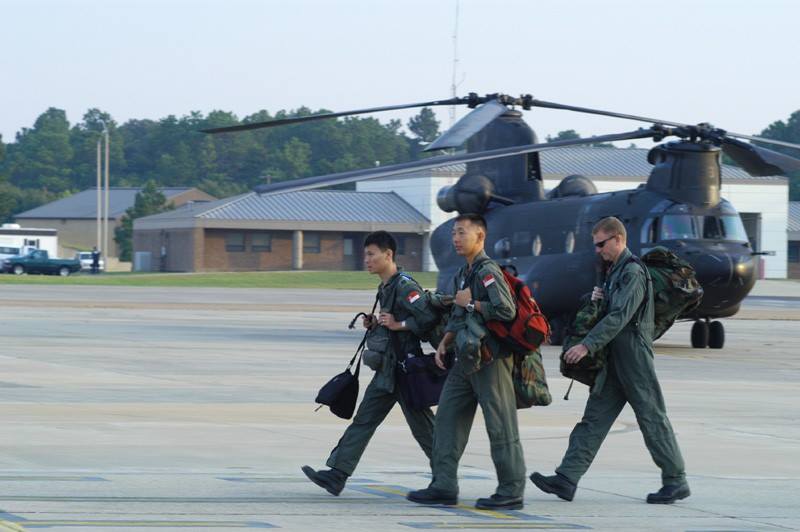
2005: RSAF’s three CH-47 Chinook helicopters were deployed from the Peace Prairie Detachment in Texas, US (shown above), to assist in Hurricane Katrina relief operations in Louisiana.
2009: Since 2009, RSAF Super Pumas, the S-70B Naval helicopter, and Fokker 50 Maritime Patrol aircraft have been deployed to the Gulf of Aden, part of the SAF Task Group under the multinational CTF 151 to support counter-piracy efforts in the area.
2011: A C-130 transport aircraft, a KC-135 tanker aircraft, and 115 SAF personnel were deployed to provide disaster relief during the New Zealand earthquake.
2014: During the MH370 crisis, the RSAF deployed a Fokker-50 Maritime Patrol Aircraft, a C-130 transport aircraft, and a Sikorsky S-70B helicopter to search for the missing plane.
2015: A RSAF imagery analysis team and one KC-135R were sent to Iraq and Syria to support a multinational coalition effort against the Islamic State extremist threat.
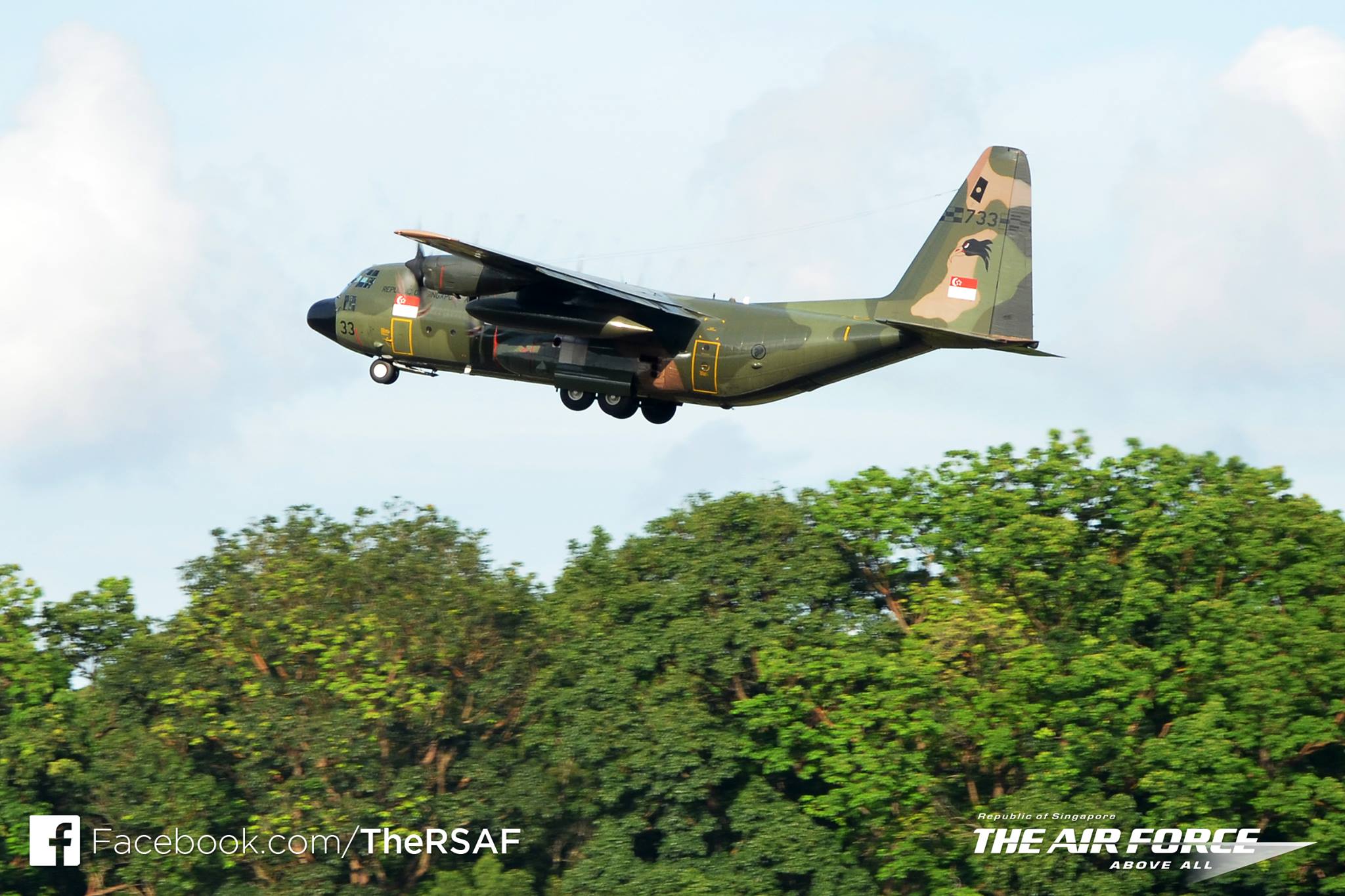
2015: The RSAF made 11 flights into Nepal since 26 April that year during the Nepal earthquake (shown above), to transport personnel, equipment, and relief supplies, as well as evacuate 71 Singaporeans and 24 other nationals.
2017: Following a collision between an oil tanker and the US warship USS John S. McCain in Singapore waters, the RSAF deployed Super Pumas, Chinooks, Fokker-50s, and C-130s in search-and-locate efforts.
2017: Four RSAF CH-47 Chinook and 34 RSAF personnel were deployed to Temple, Texas for Hurricane Harvey relief operations.
2020: Two Chinook helicopters were sent to help in Australia’s bush fires.
For the latest updates on Wonderwall.sg, be sure to follow us on TikTok, Telegram, Instagram, and Facebook. If you have a story idea for us, email us at [email protected].





